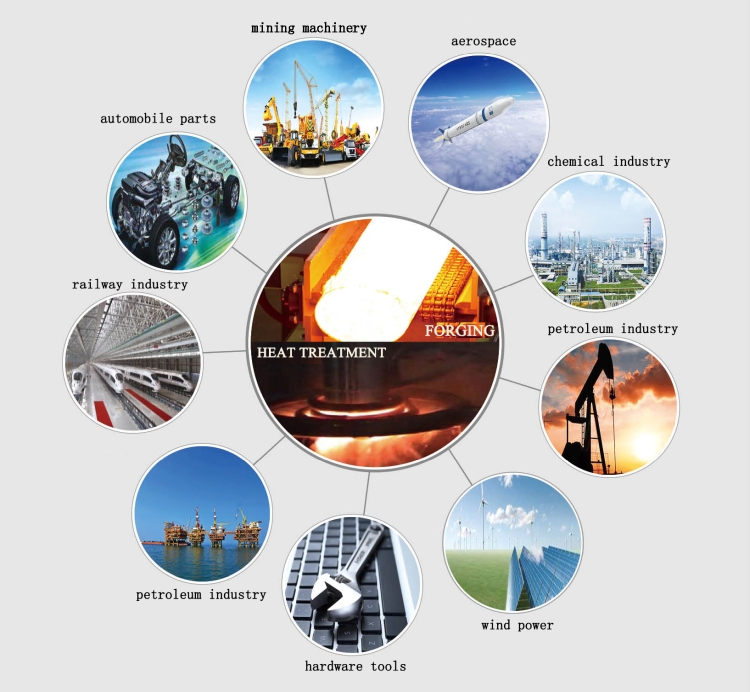What are the main requirements of a heat treatment furnace?
Heat treatment furnaces are an essential part of the manufacturing process for a wide range of products, from metal components to ceramics and glass. These furnaces are designed to heat materials to specific temperatures and hold them at those temperatures for a set amount of time, in order to achieve desired properties like strength, hardness, and ductility. But what are the main requirements of a heat treatment furnace? In this article, we will explore some of the key factors that go into designing an effective heat treatment furnace.

One of the most important factors to consider when designing a heat treatment furnace is the heating furnace parameter. This includes things like the maximum temperature the furnace can reach, the rate at which it can heat up and cool down, and the precision with which it can maintain temperature. These parameters will vary depending on the specific materials being processed and the desired properties that need to be achieved, so it’s important to choose a furnace that can meet the specific requirements of each application.
Another important consideration is the size and shape of the furnace chamber. The chamber needs to be large enough to accommodate the parts being processed, while also allowing for even heating and cooling throughout the chamber. The chamber design can also impact the efficiency of the furnace, as well as the quality of the final product. For example, a well-designed chamber can minimize the risk of warping or distortion in the parts being processed.
In addition to these technical requirements, there are also practical considerations to keep in mind when choosing a heat treatment furnace. For example, the furnace should be easy to operate and maintain, with clear controls and safety features to protect operators and prevent damage to the furnace or the parts being processed. It should also be energy-efficient and cost-effective to operate, with low operating costs and minimal downtime for repairs or maintenance.
Overall, the main requirements of a heat treatment furnace are precision, efficiency, and reliability. By choosing a furnace that meets these requirements, manufacturers can ensure that they are able to achieve the desired properties in their products, while also minimizing costs and downtime. Whether you are working with metal, ceramics, or other materials, a well-designed heat treatment furnace is an essential tool for achieving high-quality results.

